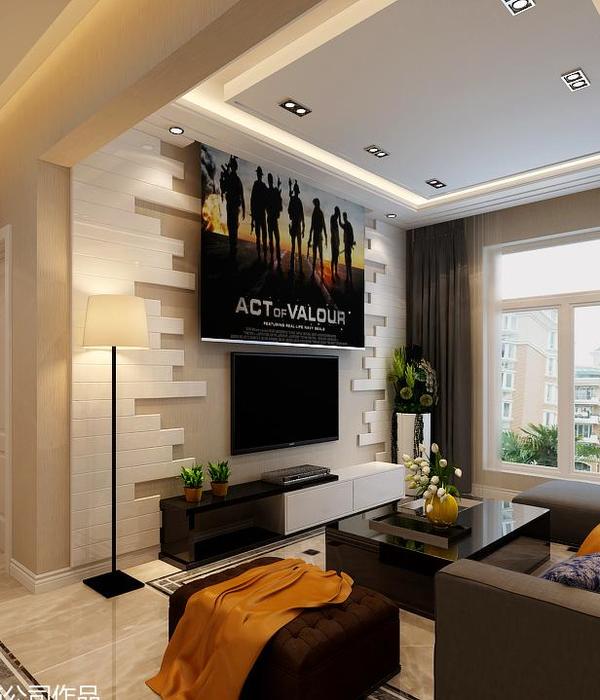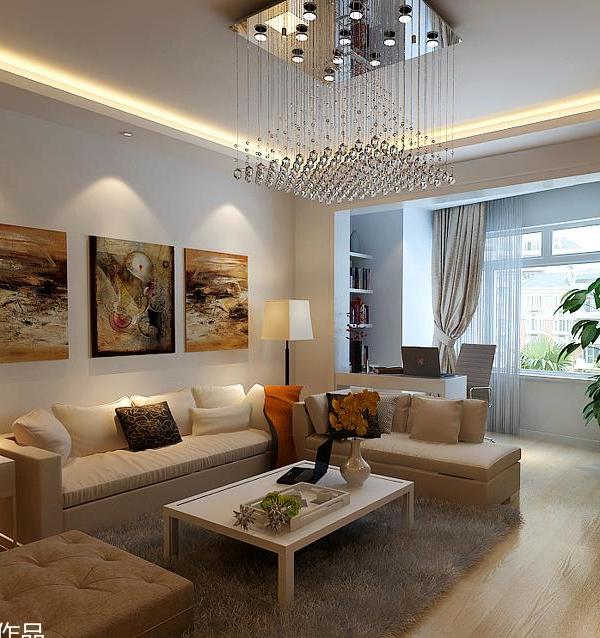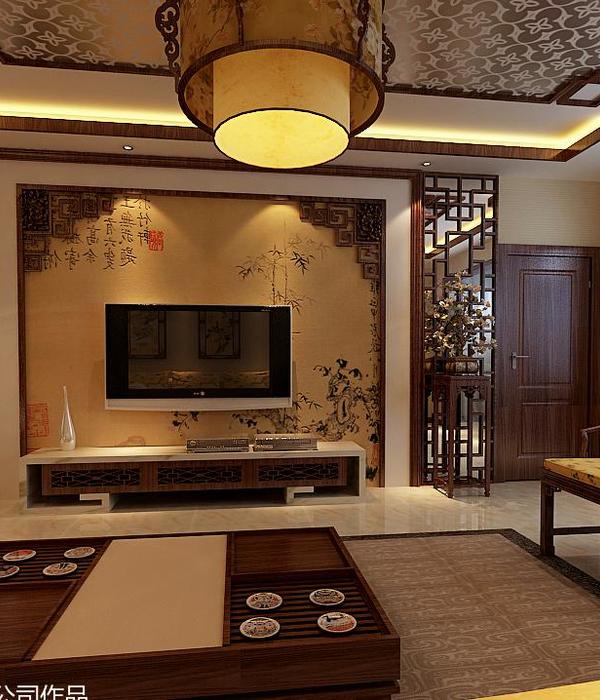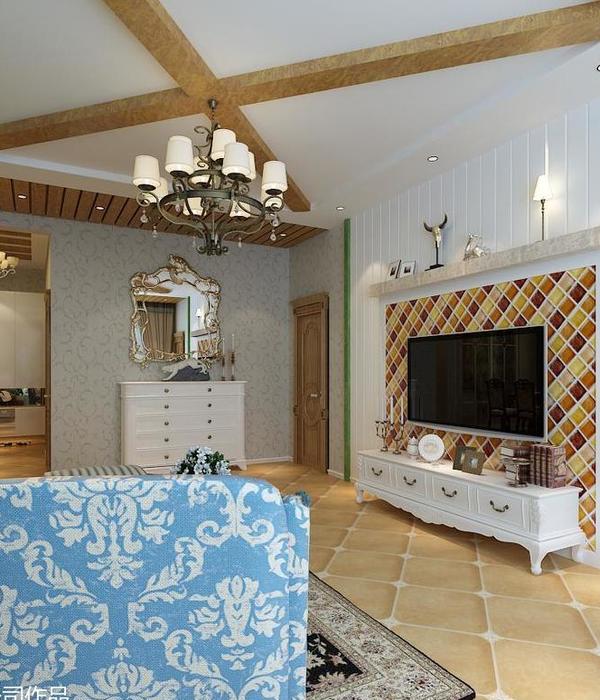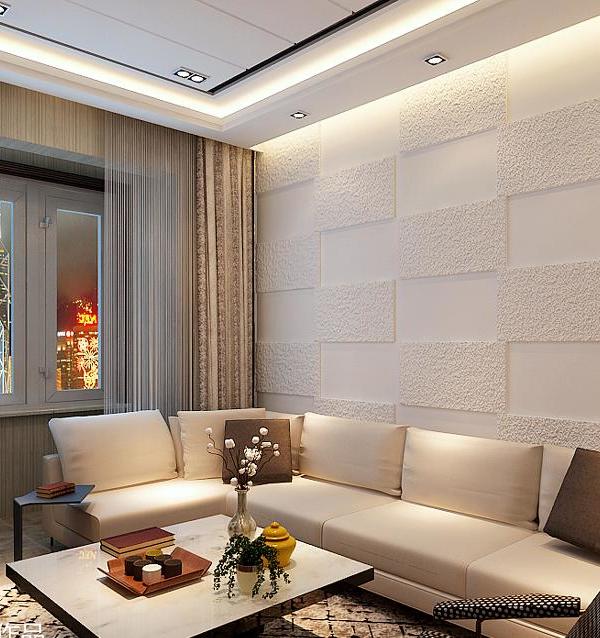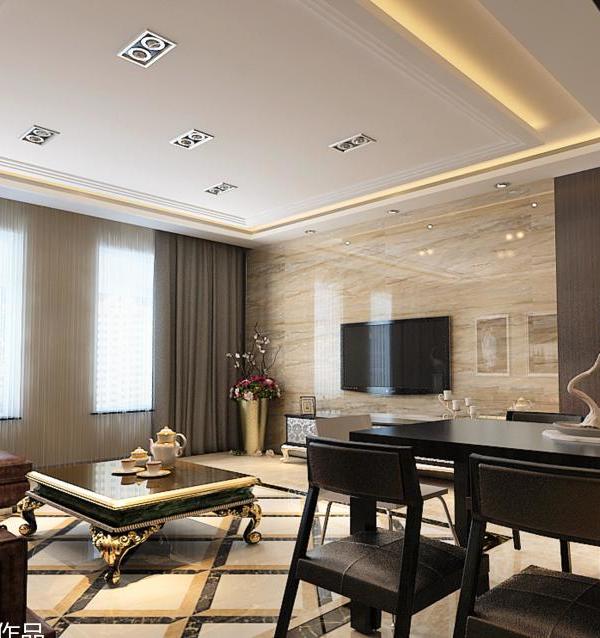Medical Architecture prioritized patient access to outdoor space with the realization of St. Ann’s Hospital’s Blossom Court located in London, England.
Blossom Court, the new inpatient building for St Ann’s Hospital, prioritises independent access to outdoor space for patients, to promote their mental and physical wellbeing and reduce pressure on staff.
The four wards are arranged around two private two-storey courtyards, each with a ward on its ground and first floor. The courtyard arrangement offers private views, abundant daylight and a positive focal point for its patients.
The ward plan forms a simple loop, providing two choices of route within the ward. This gives staff or patients the opportunity to back away from escalating and challenging situations. This arrangement also allows subdivision for separating patient groups and the creation of one-way circulation routes to aid social distancing.
Both storeys are configured to provide direct access to outdoor space without the need for direct staff supervision. This autonomy reduces pressure on staff, removing a potential source of conflict and frustration.
The generous ground floor courtyard features a deep overhang in front of its dining and activity rooms for shade and shelter. On the first floor this overhang creates a terrace bordered by glazing. Visual connection to the larger courtyard space beyond enhances the impression of a spacious outdoor retreat.
To support physical health, inclusive exercise equipment is provided in the courtyards and terraces. As they can be independently accessed, patients are able to be active at a time that suits them.
The interiors have been designed to create calm, organic environments, with natural oak finishes creating a visual connection to the outside space.
To help create a therapeutic setting, a strategy of biodiversity was adopted with enhanced planting to the already mature landscape surrounding the building. This has created meaningful views outside, a connection with the natural environment and a natural buffer for privacy.
The two-storey building has been designed to integrate with the adjoining residential development, adopting an architectural language that will complement high quality housing. This has been balanced with the need to ensure appropriate levels of security, privacy, safety and environmental quality.
The new inpatient building is prominently located within the wider site masterplan, promoting the hospital’s mental health services and challenging any stigma that surrounds them.
To maximise its longevity and sustainability, the building has been designed to be as flexible and adaptable as possible for future use. The building is also designed with passive measures, favouring low energy and low-tech solutions to control the internal environment. These include tall ceilings, window vents at a high level and exposing the building’s thermal mass to reduce overheating in the summer, along with a high level of insulation to the envelope to retain heat in the winter. This is supplemented by air source heat pumps and a roof covered with photovoltaic cells to provide a renewable source of energy. The building has been certified BREEAM ‘Excellent’.
Architect: Medical Architecture Photography: Tim Crocker
11 Images | expand images for additional detail
{{item.text_origin}}



